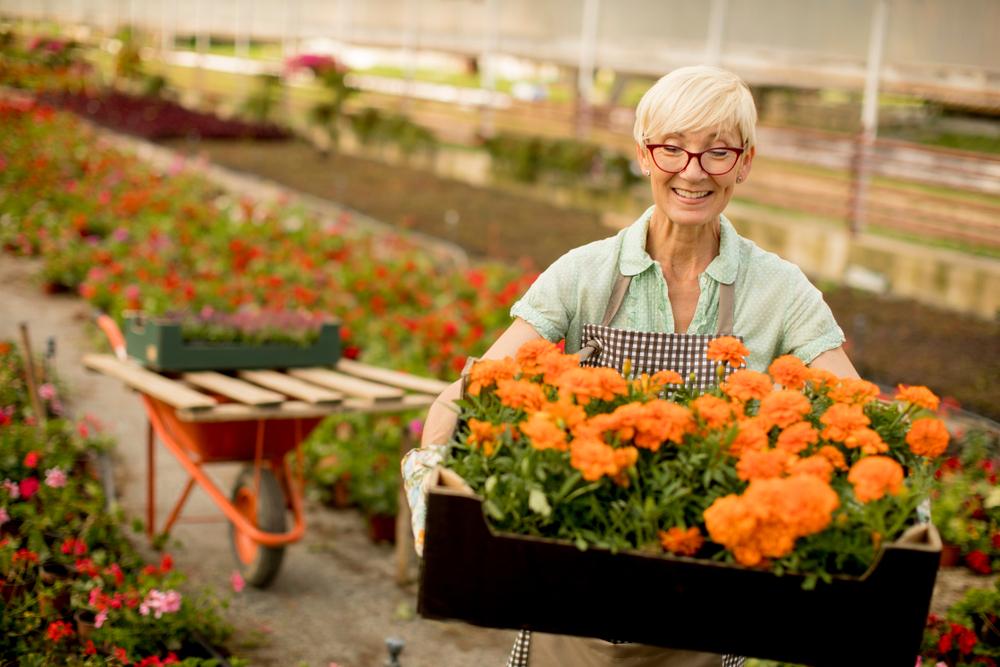No plant is an island. The right companion plants can increase yields, keep bugs away, and more. Conversely, the wrong plants can stunt, or even ruin, a crop. One of the best things about companion planting is that it can be as simple or complex as you want it to be.
One of the most famous methods of intercropping is the Native Americans’ “Three Sisters” combination of maize (corn), beans (pole, not bush), and squash. The corn acts as a support structure for the beans to climb. The beans do their part by synthesizing nitrogen from the air and depositing it into the soil in a bioavailable form to fertilize the corn and squash. The large squash leaves, in turn, shade the ground, acting as a living mulch to suppress weeds and help keep the soil moist by inhibiting evaporation.





